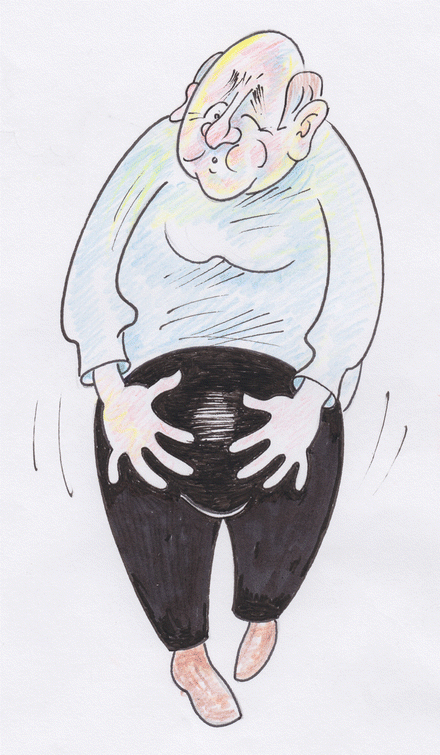, Jan Gunnar Hatlebakk1 and Trygve Hausken1
(1)
Clinical Medicine, University of Bergen, Bergen, Norway
Summary
Irritable bowel syndrome (IBS) is a common gastrointestinal disorder that affects between 5 and 20 % of the Western world.
IBS is characterized by abdominal discomfort or pain and changes in the frequency and appearance of the stool, with diarrhea or constipation, or a combination of the two, as well as abdominal distension.
IBS considerably reduces the patient’s quality of life, but does not develop into a serious disease or shorten the lifespan.
Symptoms can occur in parts of the digestive system other than the large bowel, such as non-heart-related chest pain, stomachache, and gallstone-like attack.
Some IBS patients suffer associated symptoms in other organs of the body, such as headache, fibromyalgia, chronic fatigue, depression and/or sleeping difficulties, and pain from the urogenital system.
What Is Irritable Bowel Syndrome?
Irritable bowel syndrome (IBS) has been a recognized condition for thousands of years, since it is mentioned in ancient Egyptian papyri. In modern times this disorder has been discussed in the medical literature since Edson and colleagues reported on it in 1946. With the research methods of that time a medical explanation for the patient’s symptoms could not be found. IBS is characterized by abdominal discomfort and/or pain and changes in the frequency and appearance of the stool, with diarrhea or constipation, or a combination of the two, as well as abdominal distension (Figs. 1.1, 1.2, 1.3, and 1.4). Some patients suffer from daily symptoms, while others report discontinuous symptoms at intervals of weeks or months. The intensity of the symptoms varies between patients from tolerable to severe, and the pain may be experienced as nagging, colicky, sharp, or dull. The symptoms can fluctuate in a patient over time, from mild or moderate symptoms at one particular time, to severe at another. Women usually experience severe symptoms during their menstruation period, and either mild or no symptoms at all during pregnancy.




Figure 1.1
The main symptom of irritable bowel syndrome is recurrent abdominal pain or discomfort, which can be localized to one particular place or may move to different locations from time to time. When it occurs, the pain is mostly of a colic type

Figure 1.2
The second symptom of irritable bowel syndrome is periods of diarrhea, either alone or alternating with periods of constipation

Figure 1.3
Constipation is the predominant symptom in about one-third of patients with irritable bowel syndrome
IBS is a common disorder that reportedly affects 5–20 % of the Western world, with a female/male ratio of 2:1. About 20 % of the populations in Norway and Sweden suffer from IBS. Most (50–90 %) of IBS patients do not seek healthcare, instead ignoring their symptoms and regarding them as a normal part of their everyday life. Therefore, the true proportion of individuals suffering from IBS exceeds 20 % of the population. In Asia, where most of the people on Earth live, IBS affects 5–9 % of the population. Furthermore, IBS in Asia is not dominant in women, and the symptoms are different from those reported in the Western world. IBS patients in Asia complain mostly of abdominal distension and discomfort rather than abdominal pain, and they are not bothered by alterations in bowel habits. This difference in IBS between the West and Asia is attributed to differences in food intake (with the food habits of Asians preventing the developments of IBS), differences in hygiene conditions (resulting in the development of immunological tolerance), and differences in the large-bowel bacteria (see Chap. 3). There are other factors that may contribute to the low prevalence of IBS in Asia. For example, it could be due to a cultural difference in healthcare-seeking behavior; it has been reported that Hispanics are less likely than non-Hispanics to seek healthcare for bowel complaints, and Hispanics are also more likely to self-medicate with folk remedies to maintain good bowel function. Furthermore, education and social status may play a role in the low rate of IBS in Asia.
Stay updated, free articles. Join our Telegram channel

Full access? Get Clinical Tree







